The History and Evolution of Web Design
Web design, as an art and a science, has come a long way since the inception of the World Wide Web. From the rudimentary layouts of the 1990s to the interactive, mobile-responsive designs of today, the journey of web design is a testament to human creativity and adaptability. The evolution of web design is not just about aesthetics; it’s about how technology and user needs have shaped the way information is presented and consumed online.
Key Takeaways:
- The 1990s saw the birth of basic HTML websites.
- The 2000s introduced CSS, giving designers more creative freedom.
- The 2010s were marked by the rise of mobile-responsive designs.
- User experience (UX) became a focal point in the late 2010s and continues to be a priority today.
The history and evolution of web design Wikipedia
The history and evolution of web design PDF
The history and evolution of web design essay
Web design history timeline
History of web design PDF
Who invented web design
Evolution of website
When did web design start

The Dawn of Web Design: 1990s

In the early days of the internet, websites were simple and served primarily as informational tools. With limited technologies like basic HTML, the designs were text-heavy and lacked the visual appeal of modern sites.
Rise of Tables and Frames
By the mid-1990s, designers began using tables to create grid-based layouts. Frames also became popular, allowing multiple HTML documents to be displayed in one browser window. However, these methods were clunky and not always user-friendly.
The 2000s: A New Era of Design
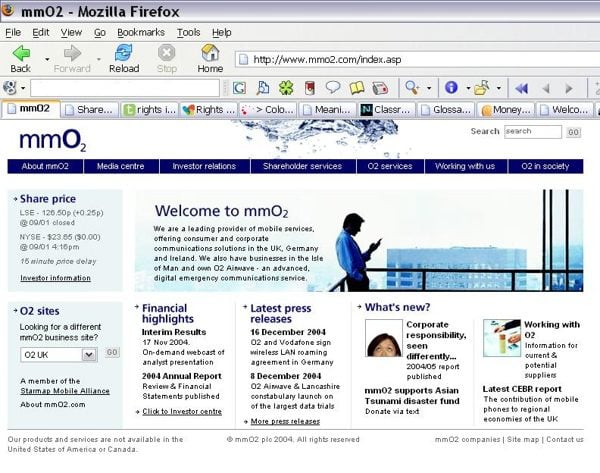
The introduction of Cascading Style Sheets (CSS) marked a significant shift in web design. Designers now had more control over the look and feel of websites, leading to more visually appealing designs.
Flash: A Brief Shining Moment
For a time, Adobe Flash was the go-to tool for creating interactive websites. It allowed for animations, games, and other dynamic content. However, its heavy resource usage and security issues, coupled with the rise of mobile devices that didn’t support Flash, led to its decline.
2010s: The Mobile Revolution
With the proliferation of smartphones and tablets, web design had to adapt. The concept of responsive design emerged, ensuring that websites looked good and functioned well on any device.
The Rise of UX and User-Centered Design
User experience (UX) became a buzzword in the 2010s. Designers began focusing on creating intuitive, user-friendly sites. The design became less about how a site looked and more about how it worked for the user.
The Role of Artificial Intelligence
AI is beginning to play a role in web design, from chatbots to personalized user experiences. As AI technology improves, we can expect even more tailored and interactive web experiences.
Virtual Reality and Web Design
With the rise of VR technology, there’s potential for entirely immersive web experiences. While still in its infancy, VR web design could be the next big thing.
Frequently Asked Questions
- How has web design changed over the years? Web design has evolved from basic text-heavy sites in the 1990s to dynamic, user-centric designs today.
- What is responsive design? Responsive design ensures that a website looks good and functions well on any device, from desktops to smartphones.
- How is AI impacting web design? AI is being used for chatbots, personalized user experiences, and more. As AI technology improves, its role in web design will likely expand.
The History and Evolution of Web Design: Part 2
As we continue our exploration into the world of web design, it’s essential to understand how the field has evolved over the years. The rapid advancements in technology, coupled with changing user preferences, have shaped the landscape of web design in ways that were once unimaginable.
The Late 1990s: A Period of Experimentation
During the late 1990s, web design saw a period of experimentation. With the introduction of new tools and technologies, designers began to explore the boundaries of what was possible on the web.
Emergence of Dynamic Websites
The late 1990s saw the rise of dynamic websites, which could update content in real-time without requiring a page reload. This was a significant shift from the static sites of the early internet era.
2000s: The Age of Social Media and CMS
The 2000s marked the rise of social media platforms and content management systems (CMS). Websites like MySpace, Facebook, and WordPress revolutionized the way content was created and shared online.
Shift Towards User-Generated Content
Platforms like MySpace allowed users to customize their profiles, introducing many to the basics of web design. This democratization of design meant that more people than ever before were getting involved in creating content for the web.
The late 2000s and the subsequent decade were marked by significant advancements in web design. The digital landscape was rapidly changing, and web designers had to keep up with the evolving needs of users and the capabilities of emerging technologies.
The Birth of Dynamic Web Experiences
The late 2000s saw the rise of dynamic web experiences. With the introduction of JavaScript, web pages could now be more interactive, offering users a richer online experience. This period also witnessed the release of HTML 2.0, which supported graphics, forms, tables, and more. These advancements allowed developers to create more sophisticated and user-friendly websites.
The Age of Content Management Systems (CMS)
As the need for regularly updated content grew, so did the popularity of Content Management Systems (CMS). While several CMS platforms existed in the 1990s, WordPress emerged as a game-changer in 2003. Initially launched as a blogging platform, WordPress evolved to become the world’s most popular CMS, powering a significant portion of the internet.
Social Media: A New Frontier for Web Design
The dawn of social media platforms like MySpace in 2003 and Facebook in 2004 revolutionized the way people interacted online. These platforms not only changed how people communicated but also influenced web design trends. Businesses recognized the potential of social media for marketing, leading to a surge in demand for ads, widgets, and graphics tailored for these platforms.
The Mobile Revolution Continues
The release of the first iPhone in 2007 was a watershed moment for web design. With its advanced browser capabilities, the iPhone set the standard for mobile web experiences. This period also marked the decline of Flash, primarily due to its incompatibility with mobile devices and the rise of alternative technologies.
Responsive Design: A Necessity, Not a Choice
The increasing use of mobile devices made responsive design imperative. Web designers had to ensure that websites were optimized for various screen sizes. Ethan Marcotte’s 2010 article on “Responsive Web Design” highlighted the importance of creating websites that could adapt to different devices, setting the stage for modern web design practices.
Flat Design and User-Centric Approaches
The 2010s saw a shift from intricate designs with shadows and gradients to flat design, characterized by minimalistic elements, bright colors, and clean lines. This design philosophy prioritized user experience, ensuring that websites were not only visually appealing but also functional and intuitive.
Micro-Interactions and Personalization
Modern web design emphasizes the details. Micro-interactions, such as hover effects, animations, and feedback loops, enhance user engagement. Additionally, the rise of artificial intelligence has enabled micro-personalizations, offering users tailored web experiences based on their preferences and behaviors.
2010s: The Mobile Web Takes Over
The 2010s were dominated by the rise of mobile devices. With smartphones becoming ubiquitous, web design had to adapt to smaller screens and different user behaviors.
Responsive Design Becomes the Norm
Responsive design, which ensures that websites look and function well on any device, became the standard during this decade. This shift was driven by the increasing diversity of devices people used to access the web.
2020s: A Focus on User Experience and Interactivity
The current decade has seen a renewed focus on user experience. With so many websites vying for users’ attention, it’s more important than ever to create sites that are not only visually appealing but also easy to use.
Rise of Web Apps
Web apps, which offer app-like experiences in a browser, have become increasingly popular. These apps leverage technologies like JavaScript to provide interactive and dynamic user experiences.

Looking Ahead: The Future of Web Design
The future of web design promises to be exciting. With a focus on inclusivity, designers are working towards creating websites that are accessible to all, including those with disabilities. As technology continues to advance, the line between web design and development will blur, leading to more integrated and immersive web experiences.
Modern Web Design: Looking to the Future
As we move forward, web design continues to evolve. With advancements in technology and a deeper understanding of user needs, the future of web design promises to be even more user-centric, inclusive, and innovative.
Ethics in Web Design
As web design evolves, so do the ethical considerations. The rise of “Dark UX” practices, which use design to manipulate users, has raised concerns. It’s essential for designers to prioritize user well-being and avoid strategies that can be misleading or harmful.

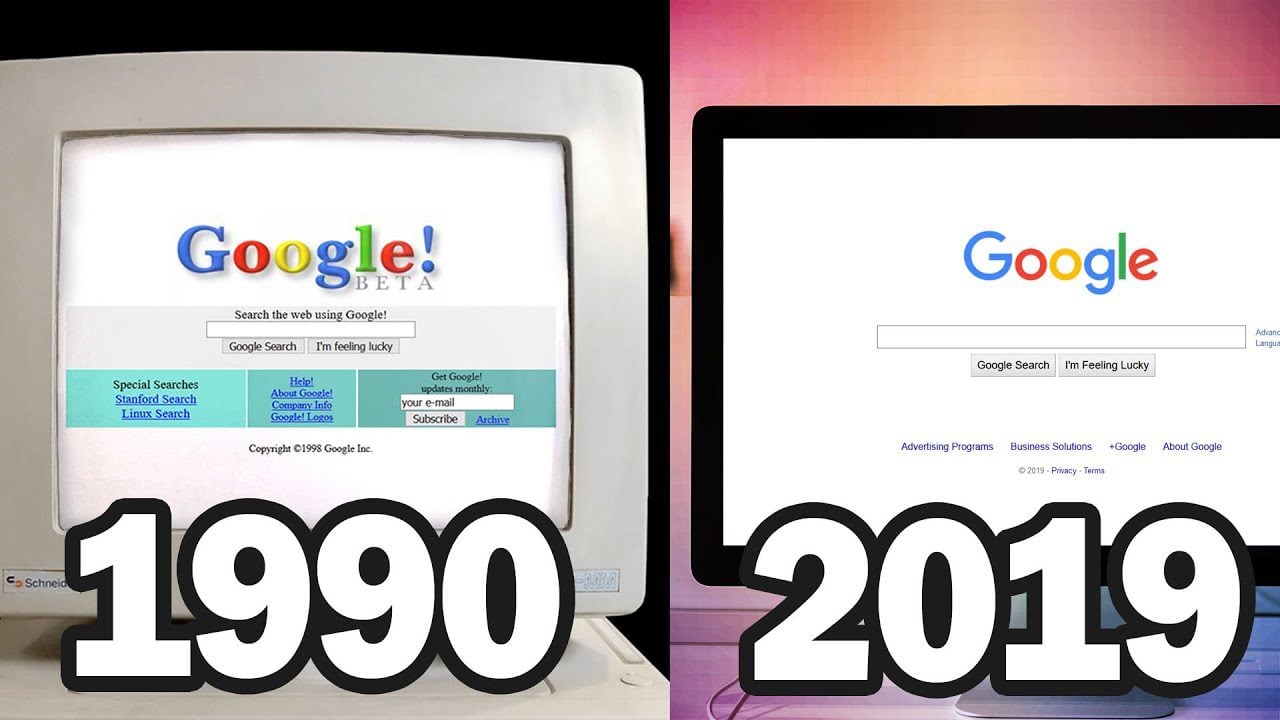

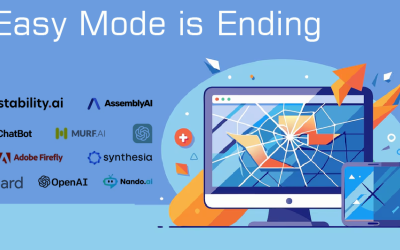
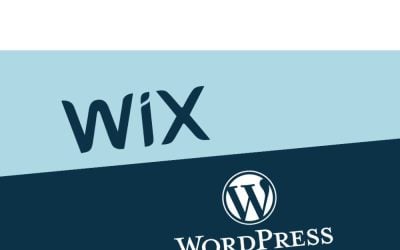


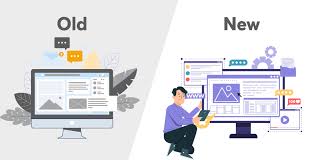
![The Impact of Having a Business Website: A Survey Conducted by New Perspective Design in South Africa [Case Study 2025]](https://www.newperspectivestudio.co.za/wp-content/uploads/2025/02/The-Impact-of-Having-a-Business-Website-survey.jpg)





